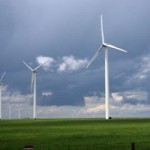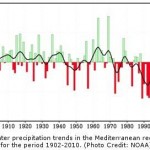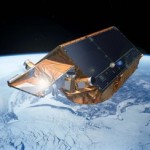Currently, to support a population of 7 billion people, about 43 percent of Earth’s land surface has been converted to agricultural or urban use, with roads cutting through much of the remainder. The population is expected to rise to 9 billion by 2045; at that rate, current trends suggest that half Earth’s land surface will be disturbed by 2025. To Barnosky, this is disturbingly close to a global tipping point.
“Can it really happen? Looking into the past tells us unequivocally that, yes, it can really happen. It has happened. The last glacial/interglacial transition 11,700 years ago was an example of that,” he said, noting that animal diversity still has not recovered from extinctions during that time. “I think that if we want to avoid the most unpleasant surprises, we want to stay away from that 50 percent mark.”
Global Change Biology
The paper emerged from a conference held at UC Berkeley in 2010 to discuss the idea of a global tipping point, and how to recognize and avoid it.
Following that meeting, 22 of the attendees summarized available evidence of past global state-shifts, the current state of threats to the global environment, and what happened after past tipping points.
They concluded that there is an urgent need for global cooperation to reduce world population growth and per-capita resource use, replace fossil fuels with sustainable sources, develop more efficient food production and distribution without taking over more land, and better manage the land and ocean areas not already dominated by humans as reservoirs of biodiversity and ecosystem services.
“Ideally, we want to be able to predict what could be detrimental biological change in time to steer the boat to where we don’t get to those points,” Barnosky said. “My underlying philosophy is that we want to keep Earth, our life support system, at least as healthy as it is today, in terms of supporting humanity, and forecast when we are going in directions that would reduce our quality of life so that we can avoid that.”
“My view is that humanity is at a crossroads now, where we have to make an active choice,” Barnosky said. “One choice is to acknowledge these issues and potential consequences and try to guide the future (in a way we want to). The other choice is just to throw up our hands and say, ‘Let’s just go on as usual and see what happens.’ My guess is, if we take that latter choice, yes, humanity is going to survive, but we are going to see some effects that will seriously degrade the quality of life for our children and grandchildren.”
The work was supported by UC Berkeley’s Office of the Vice Chancellor for Research.
Details of the Paper:
Source: University of California, Berkeley.














